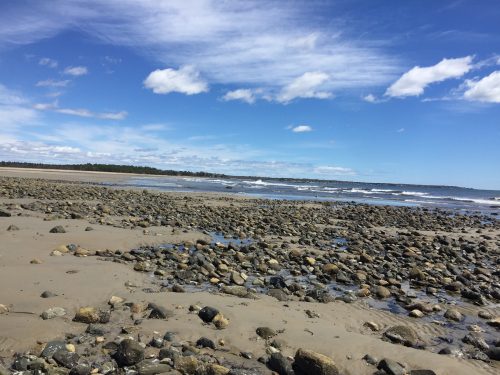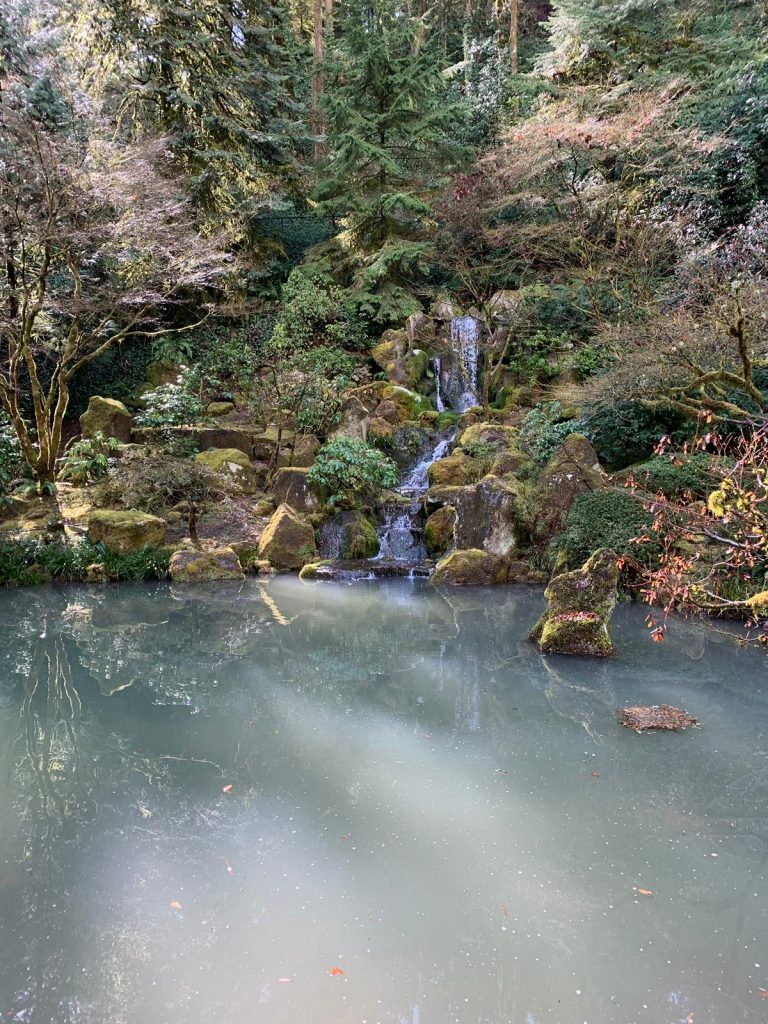As I step out of the ChIME classroom and into the wider community to serve as an Interfaith Chaplain, I will lean into the divine, eternal and infinite that is here, now, in this human, terrestrial and finite life. Sacred One and Holy All.
This is the vow that I shared with the congregation that gathered yesterday to support, witness, and celebrate my classmates and me as we were ordained as Interfaith Chaplains by the Chaplaincy Institute of Maine (ChIME). I share it with all of you, recognizing kinship with the readers of this blog as fellow travelers on paths of reflection, awareness, and conscious growth.
During the service, as each ordinand shared a few words about the ChIME experience and how he or she will carry it into their work in the world, the rich diversity of human expression unfolded like a tapestry. At the center of the tapestry, our common divinity and humanity shone like the sun, offering light and life to this time of emergence.
ChIME’s two year course of study includes deep personal exploration, broad academic study of the world’s religious traditions, and many hours of service to the community. Though ordination marks a closure, it also initiates a new beginning. The inner work and outer work that the ChIME journey has nourished will continue to unfold for the rest of my life. A life of intention requires ongoing attention to the habits of heart and mind that connect or disconnect me from the world. I will continue to nurture the mindset, community, and practices that open me to the joy and the suffering in the world and allow me to meet them with compassion and love.
It is hard to answer the question that people have often asked about my chaplaincy program, “What are you going to do with that?” Yesterday, it felt even more immediate when a few people asked “What are you going to do now?” Those are not easy questions to answer. For me, chaplaincy is more about “being” than it is about “doing.” I know that doesn’t translate easily in a culture that pays more attention to what we produce and consume than it does to how we engage. When I say “being,” I mean a way of being fully present to myself, to others and to the world. It pervades all of the doing.
My eyes and heart are open to new opportunities that will inevitably emerge in the wider world now that I have passed through the threshold of ordination. For the summer, however, I will be sinking deeply into the spiritual practice that Mirabai Starr calls Householder Yoga.
If yoga means “path to union with God,” then hooking up with a life partner and having kids together can be as valid — and certainly as rigorous–as living in an ashram engaged in spiritual discipline all day and into the night. — Wild Mercy, p.118
As I am entering this new season of life as an Interfaith Minister, my children are entering the summer with new obligations, aspirations, and anticipations. My husband is engaged in deeply meaningful work but it requires long periods of time away from home. The garden and the baby chickens require tending. Our household schedule and individual needs are all over the place but the sense of safety and love in our household remains strong and consistent. This requires full attention and the intention to keep showing up to All That Is. The burnt toast, the laundry pile, the laughter, the weeds, the late nights, the cat barf on the stairs, the noise, the play, the frustration, the joy, the love… Sacred One and Holy All.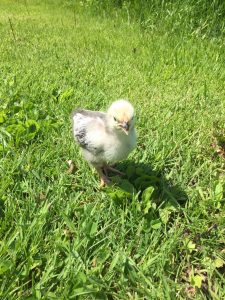
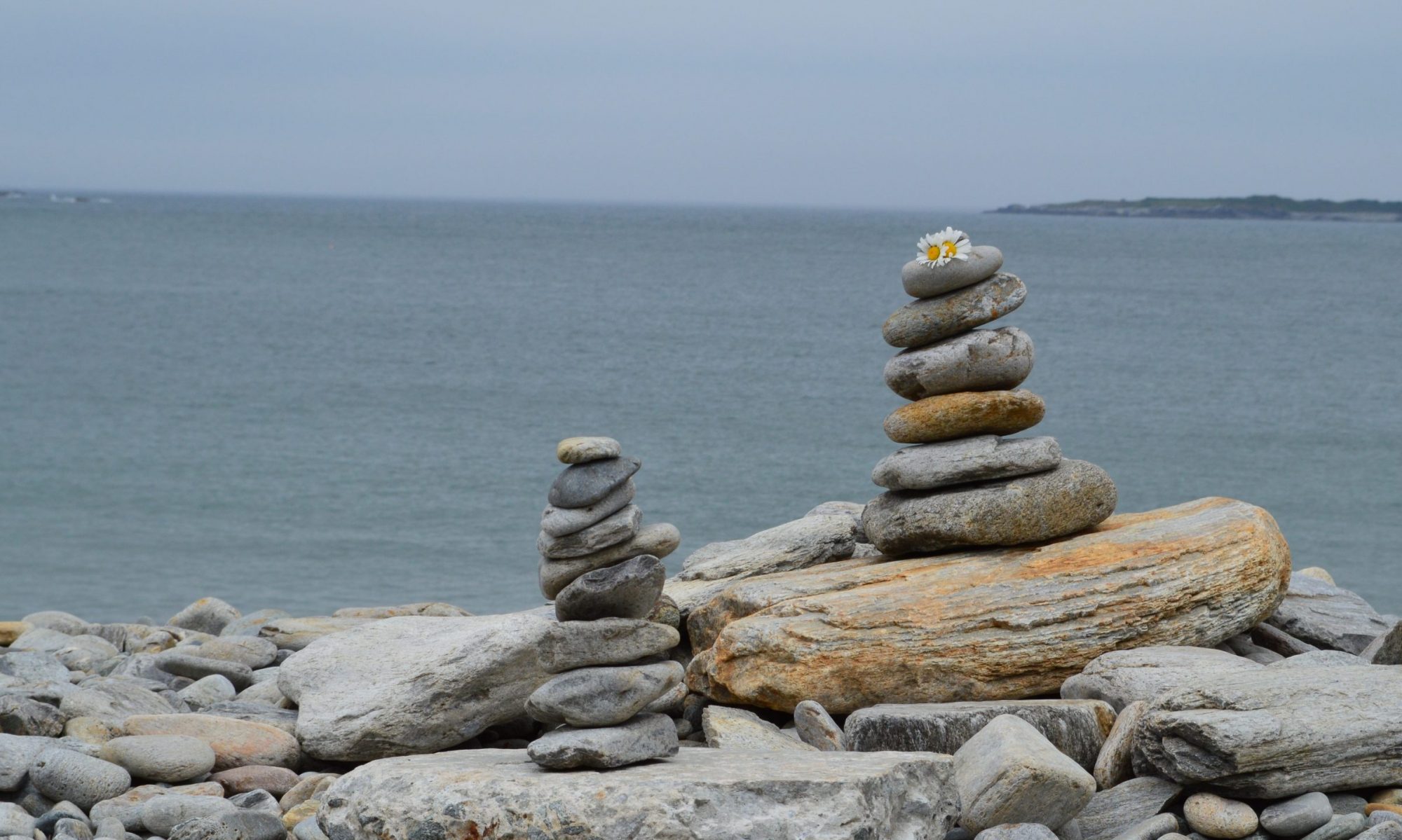

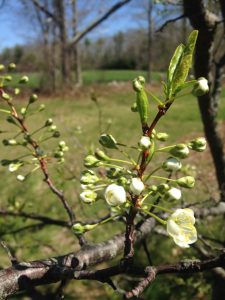 I find myself wondering if the hummingbird’s cooperation at the feeder is a response to the scarcity of resources this season. Watching their dance, it is clear that they are aware of one another and of the shared resource of the feeder. I wonder if humans can learn to respond to scarcity by sharing as well. It makes me smile to imagine the humans with plenty bowing out and dancing to the outer edge, making room for others to acquire life-sustaining resources. Rather than continually striving for more, we can pause and make space before dancing away with the joy of sharing.
I find myself wondering if the hummingbird’s cooperation at the feeder is a response to the scarcity of resources this season. Watching their dance, it is clear that they are aware of one another and of the shared resource of the feeder. I wonder if humans can learn to respond to scarcity by sharing as well. It makes me smile to imagine the humans with plenty bowing out and dancing to the outer edge, making room for others to acquire life-sustaining resources. Rather than continually striving for more, we can pause and make space before dancing away with the joy of sharing. 